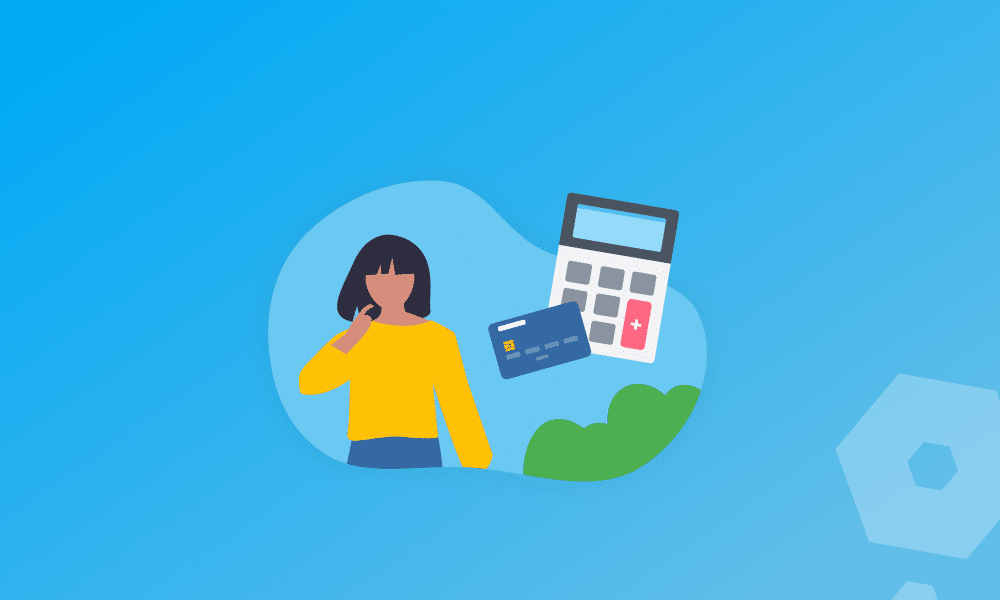Most of us pay VAT daily, whether it’s for a specific service or purchasing our favourite savoury snacks. It stands for ‘value-added-tax’ and is a consumption tax that’s charged on a product during each point of sale where value has been added.
As a business, registering for VAT is mandatory if your taxable turnover in the last 12 consecutive months reaches the VAT threshold (currently £90,000). You can volunteer to register before you reach this threshold though, if you feel it would benefit your business.
Once registered, you’ll need to charge VAT on the taxable sales that you make, using the correct rates of VAT. We’ll look at what each of the rates are, so you know how much you need to charge.
Who needs to charge VAT?
Anyone who’s VAT-registered and makes VAT-taxable sales. Whether your turnover is above the VAT threshold, or you’ve volunteered to register, there are set rates you must add to the price of your goods and services once your business is signed up for VAT.
It’s important to note you cannot charge VAT if you’re not VAT-registered. You also won’t be able to claim VAT back from other businesses (as you claim VAT you’ve paid to other businesses on your VAT return).
What are the different rates of VAT?
The UK uses different VAT rates depending on what product or service is being supplied; the standard rate, reduced rate, or zero rate. Your products and services can also be exempt from VAT completely, which is different to being zero rated.
Standard rate:
The standard rate is currently 20% and applies to most goods and services. For example, if a customer buys a product worth £100, they’ll pay you £120 once the standard VAT rate is added. Your business will keep £100, and remit £20 to HMRC.
Reduced rate:
The reduced rate is 5%, and usually applies to home energy, children’s car seats, and sanitary products. If a customer bought sanitary products worth £7 including VAT, £6.65 would go to your business, and 35p would go towards your VAT bill.
Zero rate:
The zero rate is literally charged at 0%. This is for things like children’s clothes, medical equipment, medication, and most foods. Even though the VAT on these is charged at zero, they still need to be added to your VAT return – so always ensure you keep a record of these too!
VAT exempt:
VAT exempt items and services do not have any VAT added to them. For example, if you go to the Post Office to buy stamps, they’re completely exempt. Because they’re exempt, you don’t need to include them in your VAT returns like you do with the zero-rate items and services.
Out of scope:
These are items that are considered completely outside of the UK VAT system. These include wages, MOT tests, and drawings.
For more information, check out GOV UK’s guidance on the rates for different goods and services.
What should I include on my VAT invoices?
When you’re invoicing clients and customers, you need to be clear about the amount of VAT you’ve charged, as well as the items or services you’ve provided.
Your invoice needs to include:
- A number that is unique to the document
- The date you issued the document and the time of supply
- Your suppliers name, address, and VAT registration number
- Both the name and address of the person the goods or services are being supplied to
- A description of the quantity of goods, or extent of the service provided, the rate of VAT, and the amount payable, excluding VAT
- The gross total amount payable, excluding VAT
- The full amount of VAT chargeable
- The unit prices
- The reason for any zero rate or exempt items
Itemising your VAT invoices and receipts will be extra helpful for your own records when you fill out your VAT returns, and for any businesses who want to reclaim VAT they’ve paid to you.
Who doesn’t need to register for VAT?
If your business’s taxable turnover is less than £90,000 you don’t need to register for VAT. You may be able to apply for a VAT exemption (or partial exemption) if you do earn over the threshold but mainly sell zero-rated goods.
Need help recording VAT in your bookkeeping? Find out more about our VAT management software, or create an account for free.
